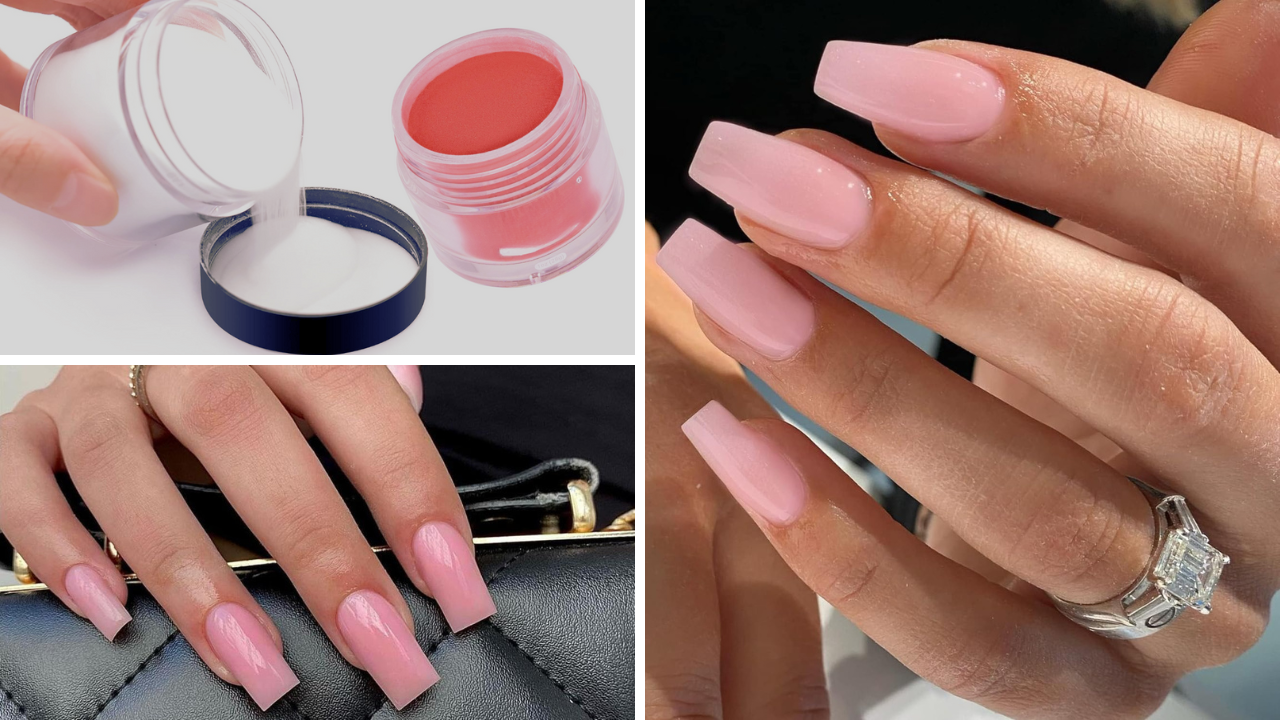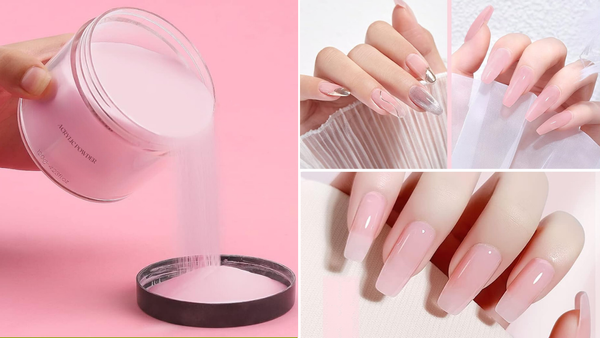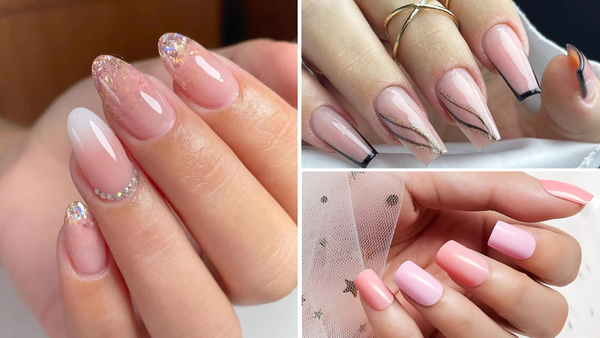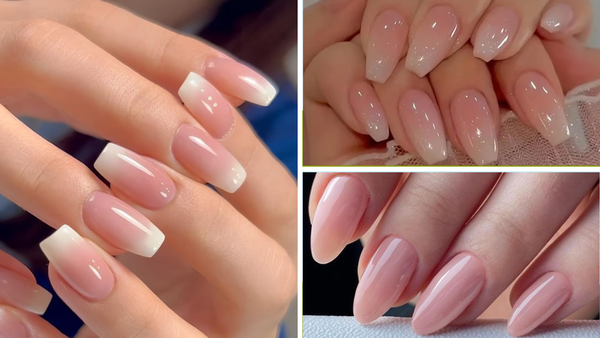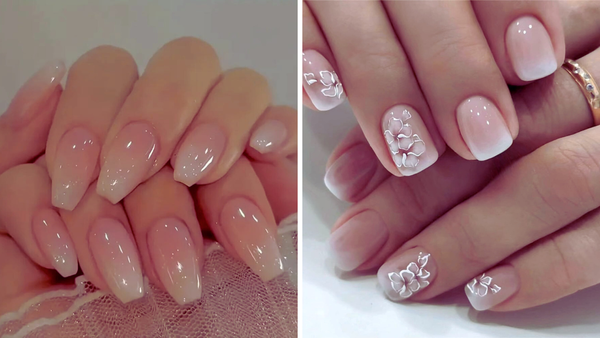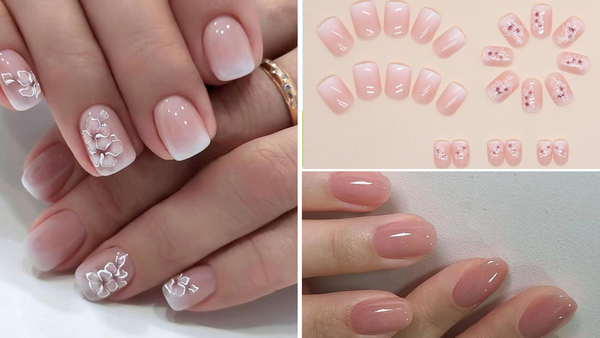Key Takeaways:
- Understanding the basics of color theory is essential for mixing the perfect pink acrylic for nails.
- The right mix of primary colors and white can create various shades of pink, from bright to dark.
- Techniques and ratios for mixing acrylic powders can help achieve the desired pink hue for any style.
Creating the perfect pink acrylic mix for your nails can be both an art and a science. Whether you're aiming for a bright pink, a hot pink, or a subtle light pink, understanding the nuances of color mixing is key. In this article, we'll explore the various methods and tips for achieving that perfect pink shade for your acrylic nails.
The Basics of Color Theory for Pink Nails
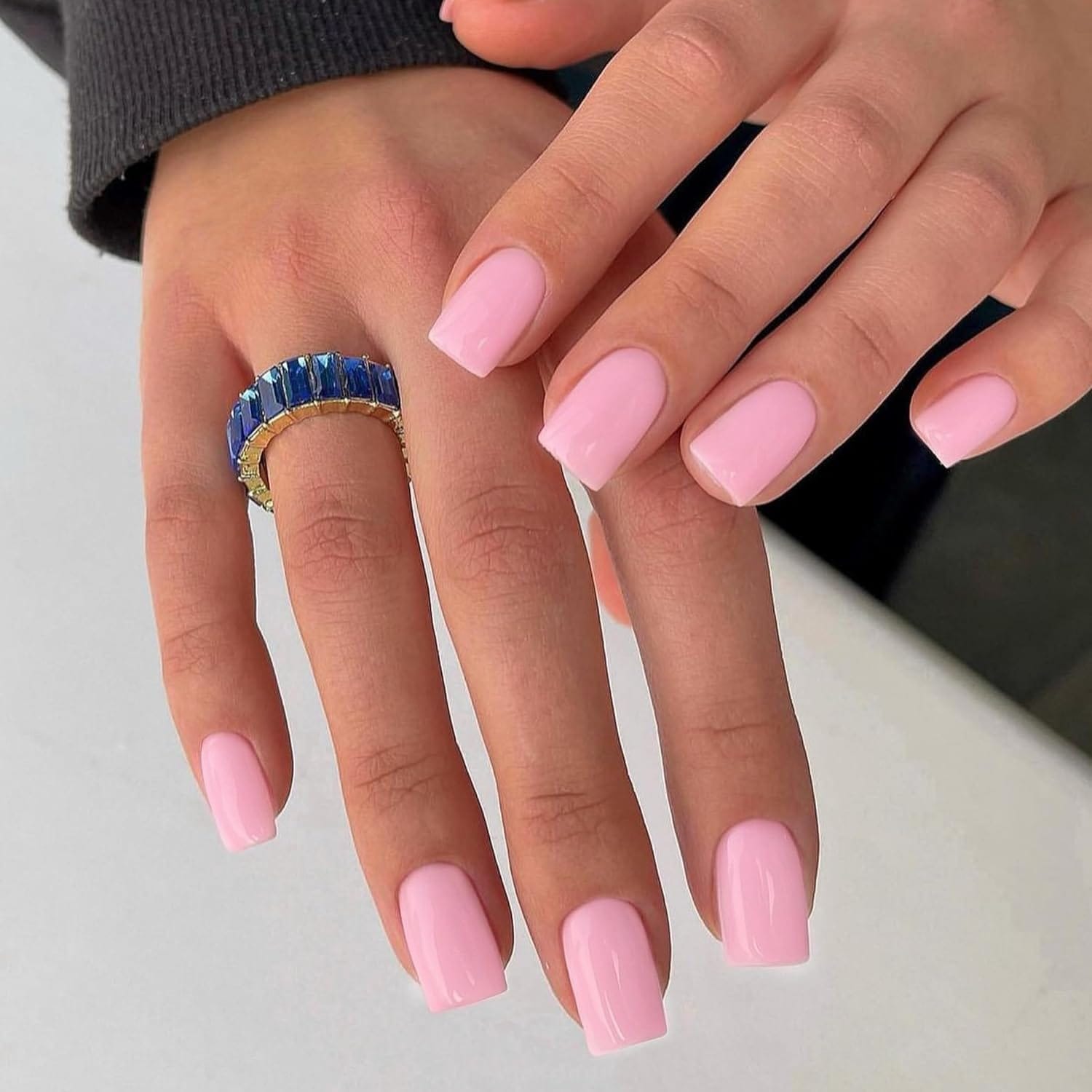
When making pink, it all starts with the primary colors. Pink is essentially a lighter shade of red, which means you'll be working with red as your base color. To achieve a true pink, you'll need to add white to lighten the red. However, the exact shade of pink you desire may require different ratios and even the addition of other colors.
Mixing Primary Colors for Pink
The primary color, red, is your starting point for making pink. But not all reds are created equal. Some have a blue bias, while others lean towards yellow. For pure pink, you'll want to start with a red with a blue undertone, such as magenta or permanent rose. Adding white to these will give you a vibrant pink without hints of peach or orange.
Adding White to Achieve Lighter Pinks
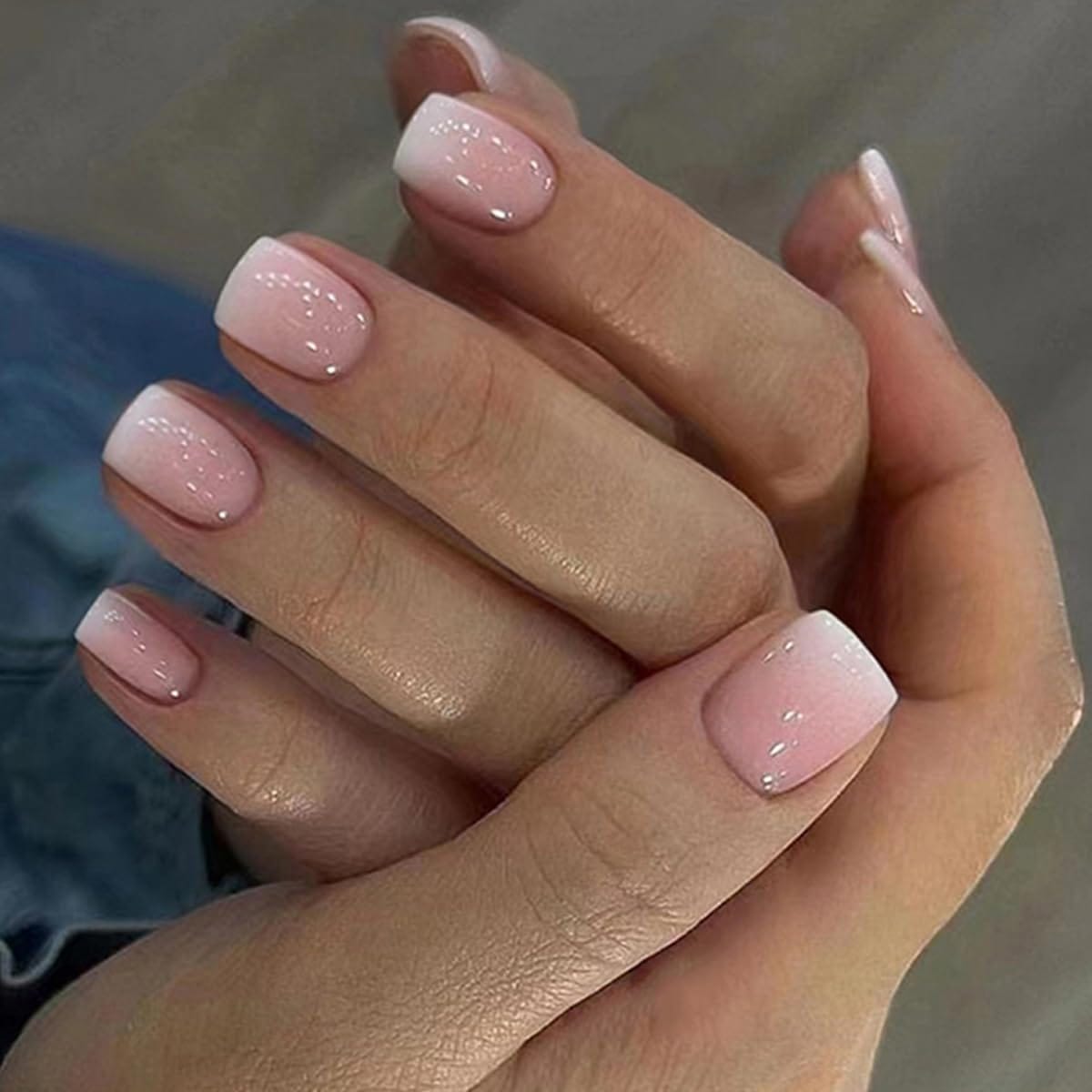
White paint is the key to transforming a bold red into a soft pink. The amount of white you add can vary greatly depending on the desired intensity of the pink. For a lighter pink, you'll use more white, while for a darker pink, you'll use less. Remember, it's easier to darken a color than to lighten it, so start with small amounts of red and gradually add more if needed.
Creating Bright Pinks with Vibrant Colors
For those who love bright pinks, the secret lies in the vibrancy of your base colors. A bright primary red mixed with a small amount of pure white will yield a bright pink. However, if you want a hot pink or fuchsia, consider starting with a base of magenta or adding a touch of purple to your mix.
The Role of Acrylic Powder in Pink Nails
Acrylic powder is what gives your nail color its structure and durability. When mixing your pink, you'll want to ensure that the acrylic powder is thoroughly combined with the pigments. This ensures an even color and a smooth application. The ratio of powder to pigment will affect the opacity and brightness of your pink nails.
Understanding Color Bias for the Perfect Pink Mix
Color bias in mixing pink involves understanding the underlying tones in the colors used. Reds with different biases, like yellow or blue, affect the warmth or coolness of the resulting pink. Magenta is essential for vibrant pinks, intensifying warmth without leaning into red. It can also create softer pinks when mixed with white. Adding a touch of black to pink mixes can deepen the shade, creating dark pinks or complex hues like fuchsia. Black can tone down overly vibrant pinks, balancing brightness for a more wearable shade. However, it should be added sparingly to avoid muddiness and ensure consistency in the final color.
Adjusting Shades: From Bright Pink to Dark Pink
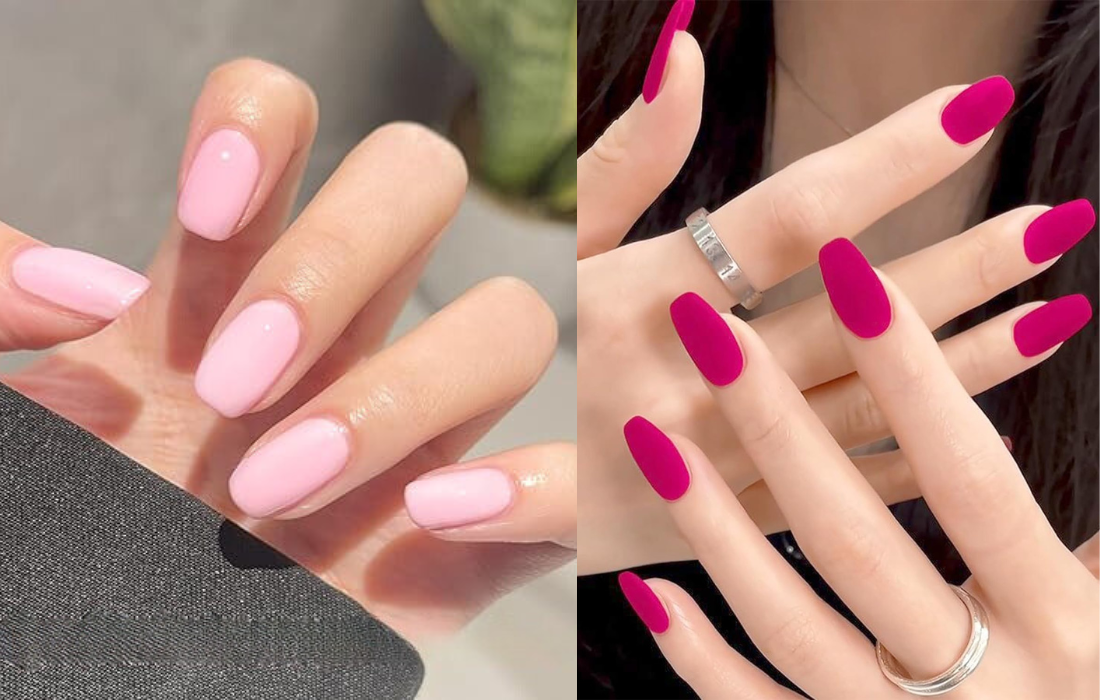
To adjust the intensity of your pink, you can play with different ratios of red to white. For a bright pink, you'll want a higher concentration of red. To achieve a dark pink, you can add a small amount of black or a darker color to your mix. Be cautious with darker colors, as they can quickly overpower the pink.
The Impact of Different Hues on Pink Acrylic Nails
Different hues can subtly alter the final shade of pink. For instance, adding a hint of yellow can warm the pink, while a touch of blue can cool it down. Experimenting with different hues in small amounts can help you fine-tune your pink to the perfect temperature and tone.
Techniques for Mixing Acrylics to Create Pink
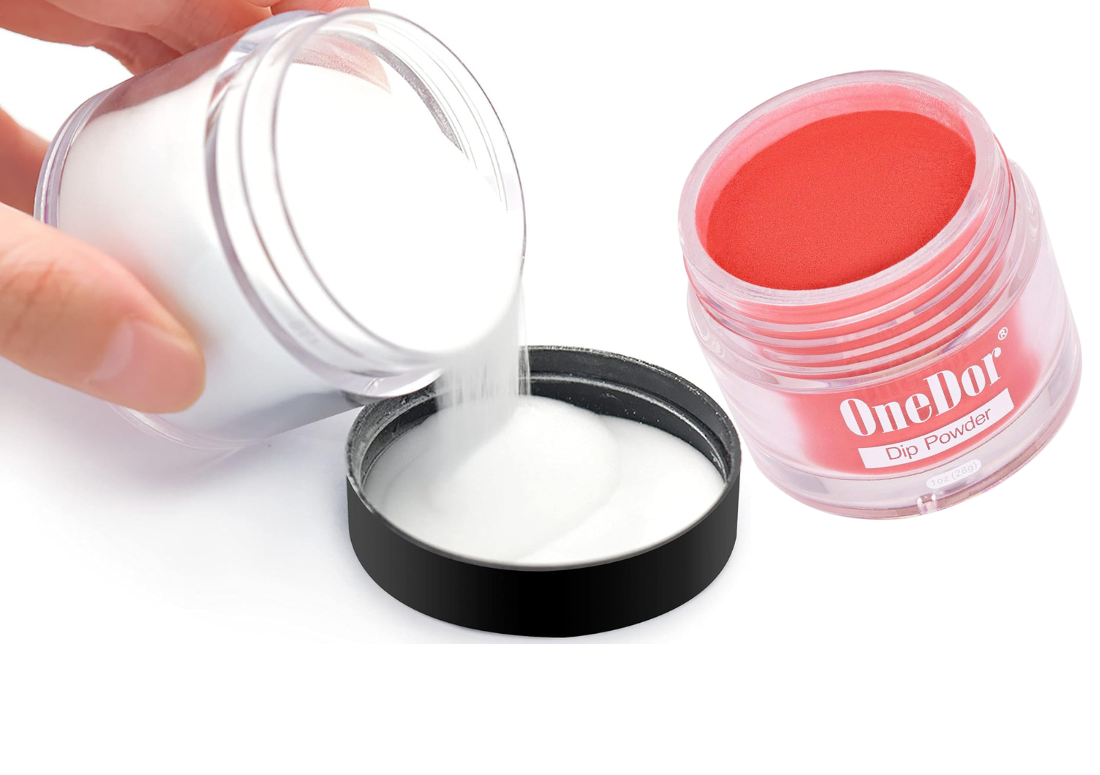
When mixing your acrylics, it's important to use a clean, non-porous surface and a mixing tool to ensure a homogeneous mixture. Start with your white base and gradually add in your red, mixing thoroughly until you achieve the desired pink shade. If you're adding other colors to adjust the hue, do so in very small increments.
The Wonder of Light Purple in Pink Mixes
Surprisingly, adding a small amount of light purple to your pink mix can create a more complex and unique shade. The blue tones in the purple can counteract any unwanted yellow or orange tones in the red, resulting in a cleaner pink.
Achieving Flesh Tones with Pink Acrylic Mix
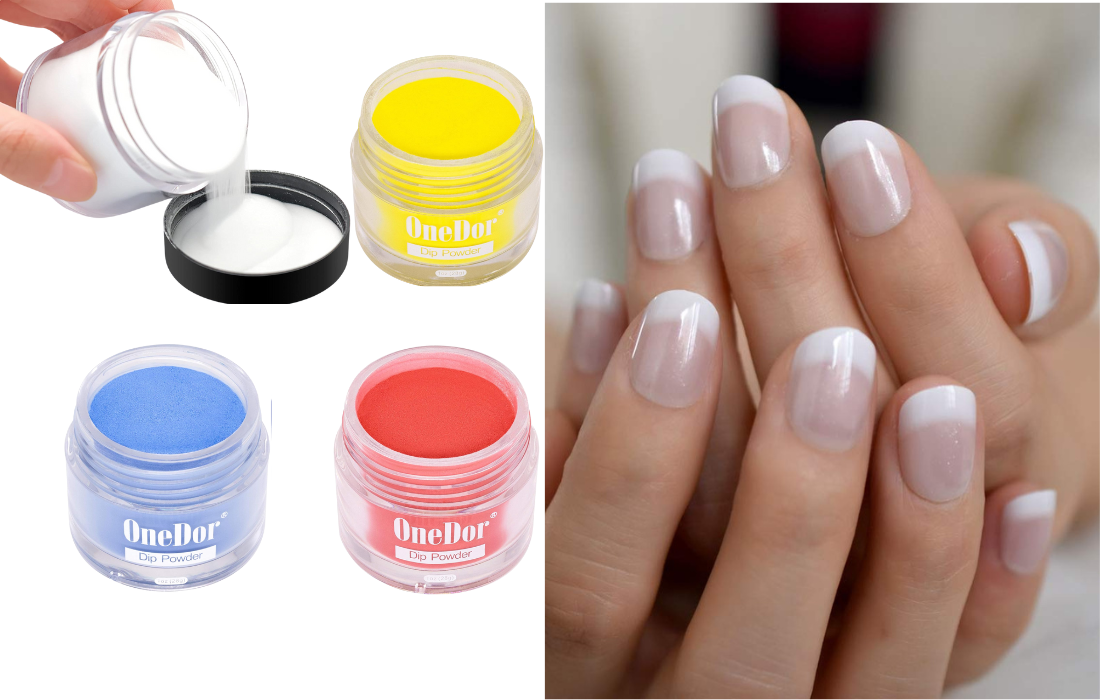
For those interested in creating flesh tones for nail art, pink is an essential component. Mixing a base of light red with white and then adding small amounts of yellow and blue in different ratios can produce a range of flesh tones incorporating pink as a foundational color.
The Role of Opaque White in Pink Nail Mixes
Opaque white is crucial for achieving a solid and vibrant pink color. It helps to mask any underlying colors of the natural nail or previous nail treatments, ensuring that the pink hue stands out. Be sure to use an opaque white specifically designed for mixing with acrylics to maintain the integrity of the color.
Experimenting with Different Shades of Pink
Don't be afraid to experiment with shades of pink by mixing colors in various proportions. By adjusting the amount of white and red and incorporating other colors, you can create everything from a soft baby pink to a bold neon pink.
Summary
Mixing the perfect pink acrylic for nails combines artistry and precision. By understanding the principles of color theory and the impact of different hues and color biases, you can create a wide range of pink shades to suit any preference. Remember to start with small amounts of color and build up gradually, and always mix your pigments thoroughly with acrylic powder for the best results. With practice and experimentation, you can craft the ideal pink for any nail design.
FAQ Section
How do I make a bright pink acrylic nail color?
To make a bright pink, start with a vibrant primary red, such as magenta, and mix it with a small amount of pure white. Adjust the ratio of red to white until you achieve the desired brightness.
What acrylic mix for pink is recommended to achieve a vibrant, hot pink shade for nail art?
To create a vibrant, hot pink shade for nail art, start with a base of fluorescent pink or quinacridone red mixed with titanium white. These bright pigments will help maintain the intensity of the pink color. For added vibrancy, consider incorporating small amounts of ultramarine blue or cobalt violet into the mix. Experiment with different ratios until you achieve the desired hot pink hue that pops on your nails.
Why are primary colors important in mixing acrylics for pink nails?
Primary colors, such as red, are fundamental in mixing acrylics for pink nails. Red is one of the primary colors used to create shades of pink, and understanding its role allows nail artists to achieve the desired hues effectively.
How does acrylic paint contribute to the versatility of pink nail designs?
Acrylic paint offers nail artists a wide range of colors and finishes to incorporate into their nail designs, including shades of pink. When mixed with acrylic powders or gels, acrylic paint can customize the color, opacity, and texture of pink nails, allowing for endless creative possibilities. Whether creating bold, vibrant pink nails or delicate pastel shades, acrylic paint gives nail technicians the flexibility to achieve their desired look. Additionally, acrylic paint dries quickly and adheres well to the nail surface, ensuring long-lasting and durable results for clients.
How does zinc white contribute to achieving softer pink hues in acrylic nail designs?
Zinc white, known for its transparency and softening effect, is crucial in creating lighter and more delicate pink shades in acrylic nail designs. When mixed with red pigments, such as cadmium red or alizarin crimson, zinc white helps to lighten the color while maintaining its translucency, resulting in subtle and ethereal pink tones. Nail technicians can adjust the ratio of zinc white to red pigment to achieve the desired level of softness and opacity in their pink nail designs. Using zinc white, nail artists can create elegant and feminine looks perfect for various occasions.
How does the choice of red paint impact the final shade of pink in acrylic nail designs?
The selection of red paint is critical in determining the tone and vibrancy of pink in acrylic nail designs. Different red pigments, such as cadmium red, alizarin crimson, or permanent rose, offer varying undertones and intensities, influencing the resulting pink shade. For example, cadmium red provides warm and vibrant pink hues, while alizarin crimson leans towards cooler and more subdued pinks with a hint of purple. Nail technicians can experiment with different red paints to achieve the desired color tone and saturation in their acrylic nail designs, ensuring customized and visually appealing results for their clients.
How can a palette knife mix acrylics for pink nail designs?
A palette knife is a versatile tool for blending and manipulating acrylic paints to create unique pink nail designs. When mixing acrylics for pink nails, a palette knife allows nail artists to achieve smooth and consistent color blends by evenly distributing pigments and mediums.
How does adding yellow contribute to customizing pink acrylic nail designs?
Adding yellow can warm up pink acrylic mixes, creating peachier or sun-kissed tones and vibrancy to the final color.
How does cadmium red light contribute to creating vibrant pink acrylic nail designs?
Cadmium red light enhances vibrancy, creating bold pink hues mixed with acrylics for nail designs.
